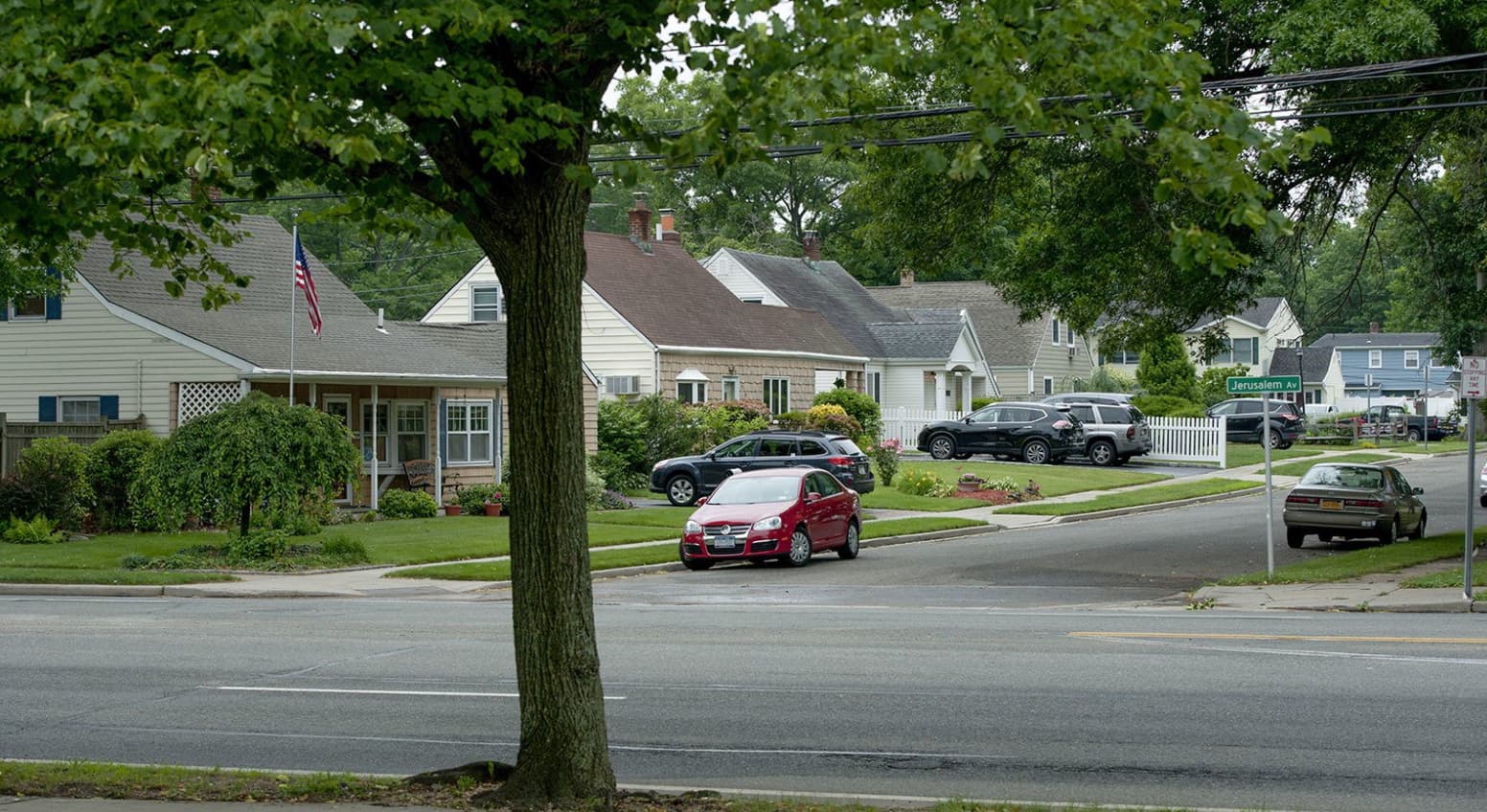When you hear the name Levittown it’s hard to not think of mass produced homes and cookie cutter neighborhoods. But if we go back in time we’ll find out that Levittown was once a town full of immigrants with hopes and dreams, but what became of it? What happened in this town and its people in the years following WWII?
Here is a brief history
During World War II William J. Levitt served as a captain under General Patton. After the war he saw how slow construction was; families were living in old dilapidated hotels while they waited for their new homes to be built. Upon his return home from the Army he made it his mission to cut down on construction time for these homes. Levitt devised a plan to construct simple one level homes that could be easily put together. William’s two most trusted friends; Alfred and Henry Trost, both architects who shared his vision of mass producing houses, joined him in this venture.
The three started by developing the western part of Long Island in New York. They purchased farmland which had been used for potato farming for around $100 an acre with the intention of building housing developments on them. There were many disadvantages to buying property so far out in what was then practically the country. Among these were that they needed to build new roads and provide other services such as running water and sewers that did not exist before. However, due to their close proximity to New York City these things were only a fraction of the cost compared to building in an already developed area.
They began by clearing the land and digging up stumps for the new roads. Once they were finished, Levitt would go with his crew to New Jersey where they bought half-finished barracks from military airfields. They would use these barracks as the frame for their homes which meant all they needed to do was attach them to one another like pieces of a puzzle. To make it even easier on themselves they used nails instead of bolts or screws; this also made repairs much easier because if something broke you could simply hammer it back into place (this is why even today some houses are still standing although structurally unsound). Next came installation of everything else like plumbing, electricity, and heating systems.
History of houses
The homes were built-in a factory first to make assembly on the site easier. Each home was only supposed to take around 30 hours with one man, two mules, and two tractors. A house was made up of 2 parts; the first part being the “Levitt Module” which included all of the kitchen appliances, cabinets, bathtub, toilet etc., while the second part consisted of everything else like doors, windows etc. The modules were then tricked into town where they were stacked on top of each other onto wooden blocks which raised them 9 inches off the ground. Levitt would then hire men off the street who worked in construction as their crews for whatever job he needed done along with some highschool students who were usually on break at the time.
These construction workers and high school kids would be paid $5 (a lot of money at that time, especially for teenagers) to lay one block which took them 8 minutes. Once their section of the house was finished they were free to do as they pleased while Levitt’s company put together the other half. The construction worked pretty much nonstop for around 3 months and once it was done people could move in immediately – hence cutting down on construction time even more.
William Levitt became a celebrity overnight after his second development; he even gave lectures to young entrepreneurs all over the country. He later dropped “Little” from his name because he wanted no one to know him as a humble person and rather as a man of great wealth and stature. As the years went on Levitt found himself in financial trouble due to high costs and slow sales. Later, however, he proved that his method was not only cheaper but also faster than anyone had thought possible; it took him less than 24 hours to build a home.
These homes soon became popular among low-income families and military veterans who could afford them and the demand skyrocketed (Levitt did not want blacks or Jews buying his homes because he didn’t think they “fit” there). By 1948 William had built 16,000 houses which were all sold out before construction even began; this meant that people literally stood in line for days at a time just to get their name on the list. Once they were built, Levitt sold his houses for around $7,000 apiece.
Unfortunately Levitt was not able to cash in on his achievement and he died a rather poor man. However, the lessons that we can learn from Levitt’s success are invaluable; it shows us that if we want something bad enough and we’re willing to work for it, almost anything is possible.
Today the homes that were built by William Levittcan still be found in Levittown.


